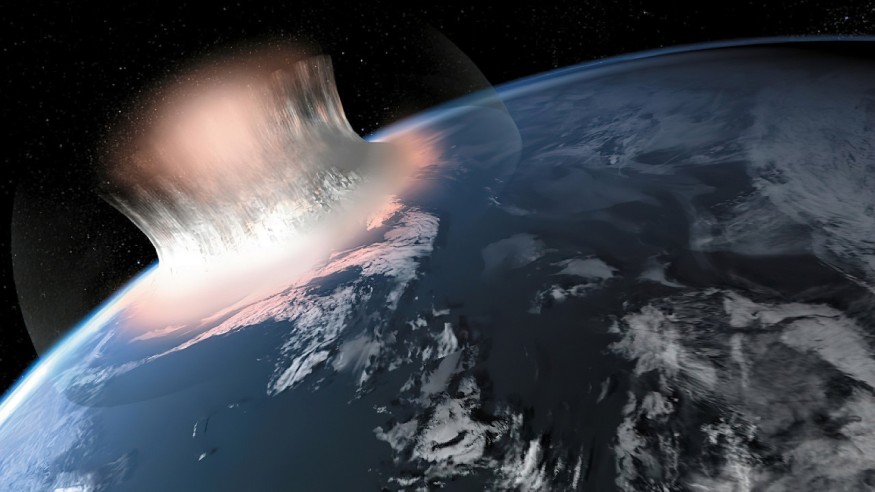This week, an asteroid will pass quite near to our planet, and one astronomer hopes to transmit the experience live.
According to NASA's Center for Near-Earth Object Studies (CNEOS), 2022 GN1 is a house-sized asteroid that will fly by Earth on April 5, at around 11:02 p.m. EDT. The space rock's diameter is estimated to be between 23.5 and 52 feet.
The Virtual Telescope Project, a collection of robotic telescopes based in Italy, has announced that the flyby will be live-streamed on its website on Wednesday.

NASA Explains Plans in Preventing "City-Killer" Asteroids From Hitting Earth: How Prepared Is Humanity From Space Rocks?
Bus-Sized Asteroid To Make A Safe Passby
CNEOS (via Newsweek) said 2022 GN1, classified as a potentially hazardous asteroid or PHA, will not crash with Earth. Still, it will pass nearby compared to other large asteroids, coming within 78,000 miles of us-less than one-third of the distance between Earth and the moon.
In addition, The U.S. Sun said Asteroid 2022 GN1 is predicted to travel at a speed of roughly 34,500 miles per hour as it passes by Earth.
The asteroid is scheduled to go by at a safe distance of roughly 79,000 miles (127,000 km).
That may appear to be a large distance, but it is just about a third of the distance between Earth and the Moon in terms of space.
The asteroid is thought to be between 23.6 and 52.5 feet in diameter. It's believed to be between the length of a city bus and a single letter of the Hollywood sign since humans adore comparing objects in space to items on Earth.
If giraffes are your favorite unit of measurement, the range is between 1.3 and 2.8. If you prefer a sports comparison, imagine a stack of between 3.3 and 7.4 Shaquille O'Neals. That's quite a collection of Shaqs.
Observatories like the Virtual Observatory started the live broadcast of the encounter at 9 p.m., even though the asteroid passed harmlessly.
When to See Asteroid 2022 GN1 Again?
Other observatories have gone through their archives and discovered 2022 GN1 in observations dating back to March 5, 2022, despite being only reported yesterday.
NASA has classified it as a potentially dangerous asteroid due to its close approach to Earth, even though this is its closest approach in at least 140 years.
According to NASA statistics, it last passed near Earth in 1952 and will have far fewer close visits in 2030 and 2033. It won't pass by Earth again until 2156, so this is the closest it'll come to, and it'll miss us by a long way.
Despite this, astronomers are attempting to improve their knowledge of tiny near-Earth objects. For example, Inverse said the future Vera Rubin Observatory will be able to identify objects with 10 to 100 times the present observation power. That would allow scientists to keep a closer eye on these giraffe-to-several-Shaqs-in-a-trenchcoat-sized things.
RELATED ARTICLE : NASA Says House-Sized Asteroid Eerily Passed By Earth Monday, See How Often Tiny Space Rocks Visit The Planet
Check out more news and information on Space in Science Times.
© 2026 ScienceTimes.com All rights reserved. Do not reproduce without permission. The window to the world of Science Times.












